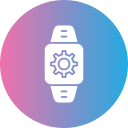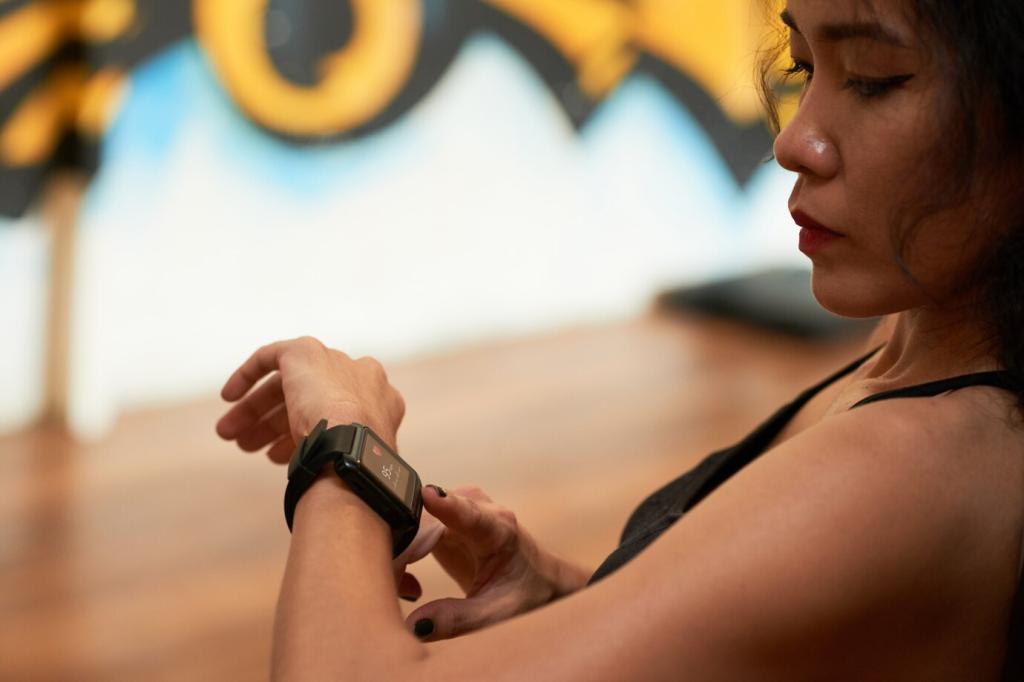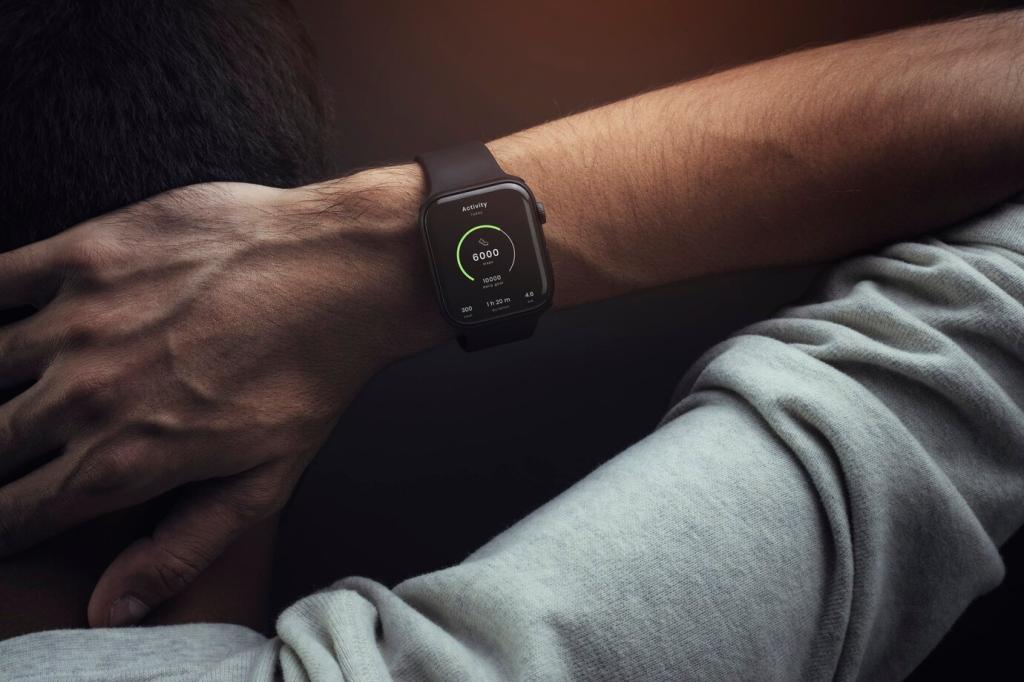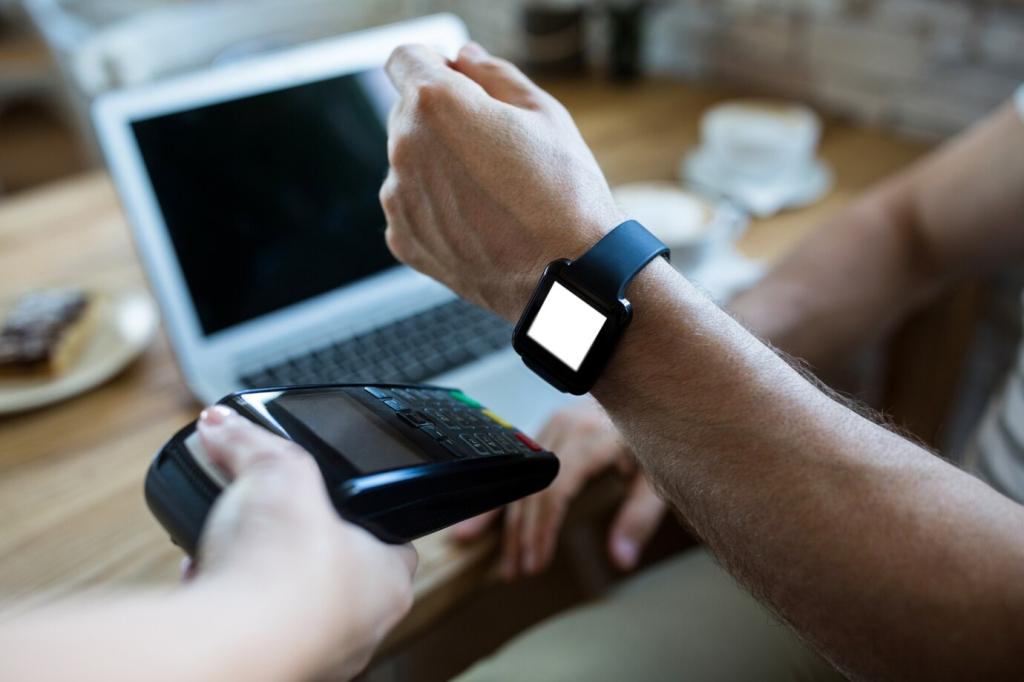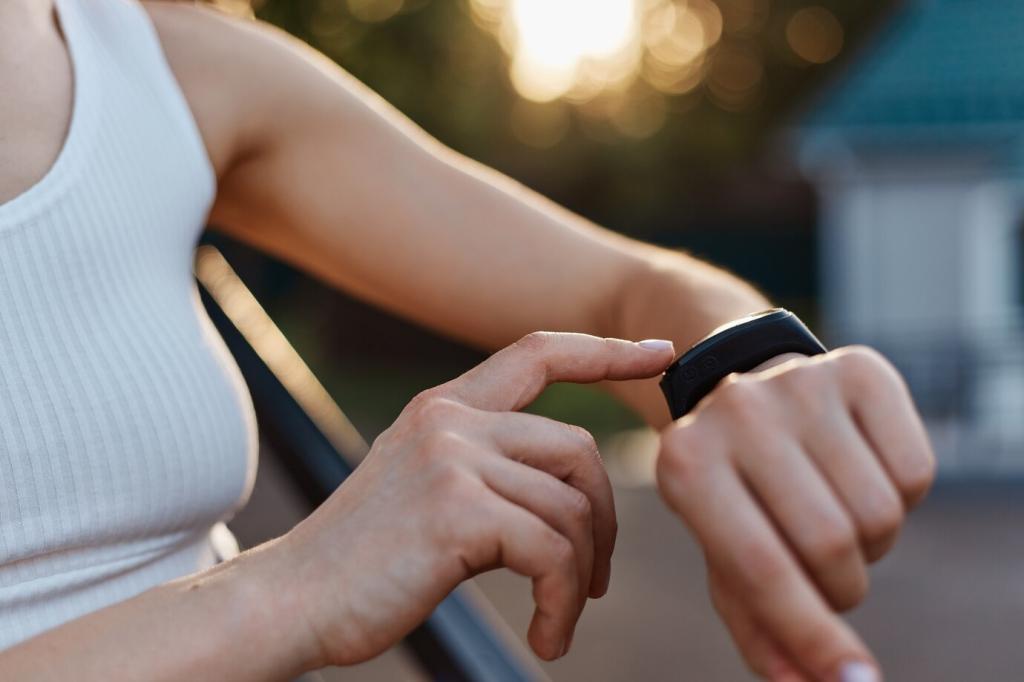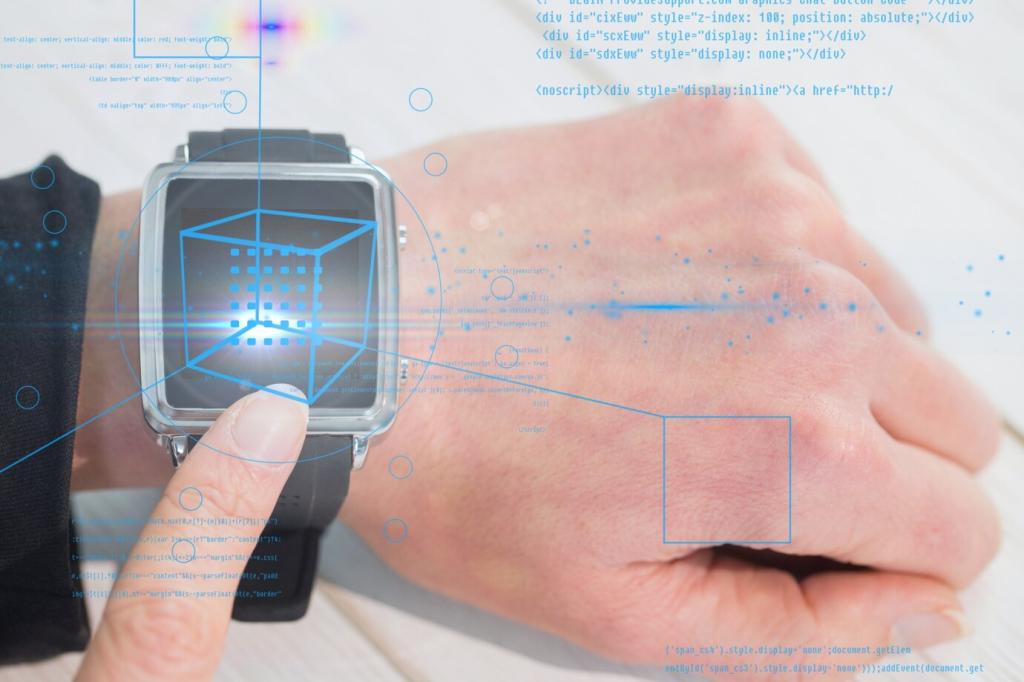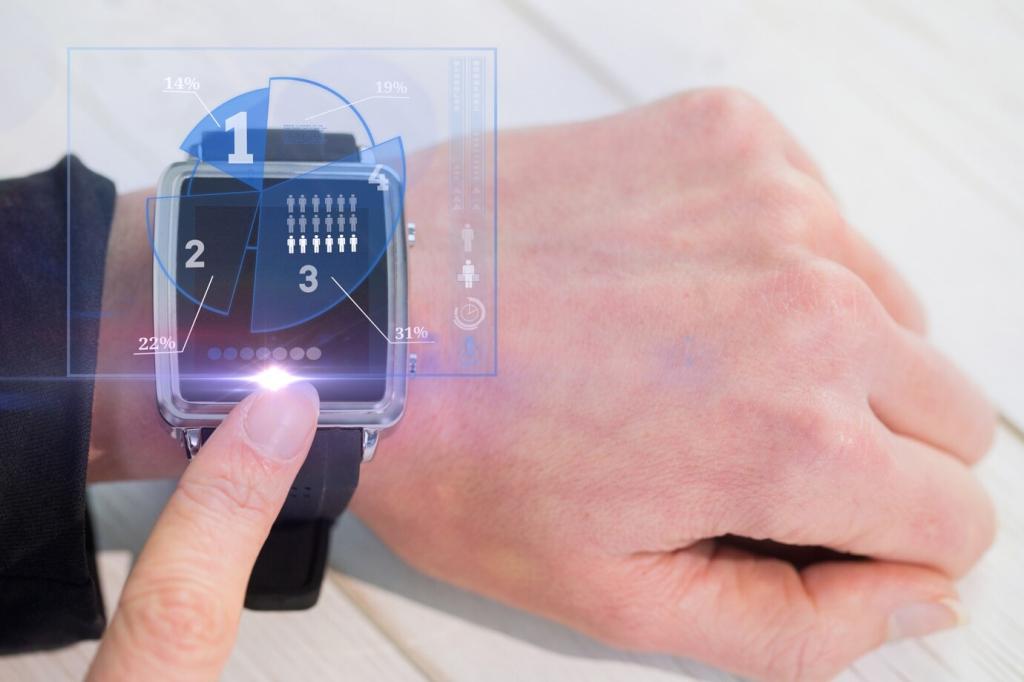Cross‑Platform Approaches That Actually Work
KMM lets you share networking, models, and domain logic across Wear OS and watchOS, while each UI remains native. Teams report fewer bugs and faster feature parity. Ask us for a starter template to accelerate your experiment.
Cross‑Platform Approaches That Actually Work
Flutter runs on Wear OS because it is Android-based, but watch-specific widgets are not first-class. Many teams pair Flutter companions with native tiles and complications, balancing rapid iteration with truly wearable interactions and performance.
Cross‑Platform Approaches That Actually Work
For bespoke wearables, Qt and LVGL give tight control over rendering and resources. A medtech company used LVGL to ensure buttery scrolling at low power, extending battery life while keeping charts crisp and touch targets comfortable.
